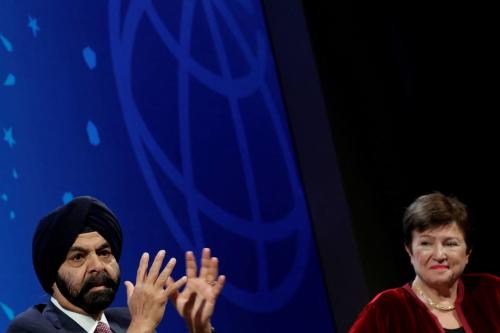INTRODUCTION
The global financial crisis of 2008–2009 tested the international financial system in ways not seen since the Asian fiscal meltdown of 1997. For several months, the global economic system faced the prospect of a severe collapse, with several countries teetering on the brink of default. Leaders of the world’s largest economic powers, now expanded from the Group of 8 to the Group of 20, met in Washington, DC, in November 2008 to find a means of recapitalising the IMF and identifying how to remedy the international financial crisis (Bradlow 2009). In the new economic realities of the 21st century, attention turned to countries with relatively large current account reserves, such as China, Japan, and the oil-producing Gulf states. Yet, neither China nor the capital-rich Gulf States stepped forward with funding.
As the international financial crisis started to unfold, Japan took the earliest and boldest steps to shore up the International Monetary Fund’s finances. In mid-November, the Japanese government announced that it had offered the Fund $100 billion in loans of its US treasury notes—a sum equal to almost 10% of its vital foreign exchange reserves. The first mention of this contribution was made by Japan’s finance minister, Nakagawa Shōichi, during an IMF meeting in Washington, DC, in early September 2008. Two months later, Japanese Prime Minister Aso Tarō officially announced the financial infusion to the Fund at the November meeting of the Group of 20 in Washington, DC. The Japanese lead was followed gradually by billions of dollars in contributions from the European Union, Norway, Canada, the U.S. and other nations.



Commentary
Japan’s Rescue of the IMF
January 12, 2012